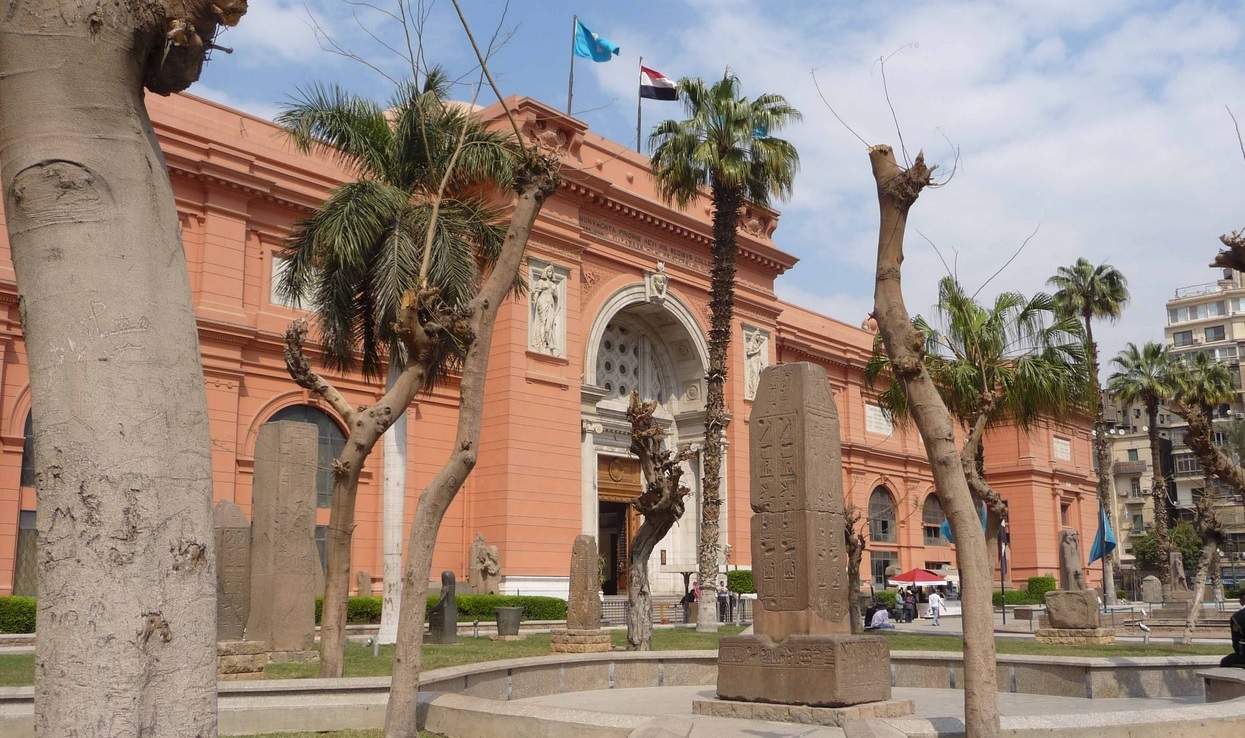The Egyptian Museum
The Egyptian Museum was founded by a Frenchman, Auguste Mariette (1821–81), Egypt’s first national museum of Pharaonic antiquities opened in 1863. It outgrew two homes before settling in these premises in 1902. More than 120,000 items are on display here, with another 150,000 stored in the basement. Pride of the collection is the Tutankhamun Galleries containing artifacts from Tutankhamun’s tomb, but there are great pieces from every period of ancient Egyptian history, from the Narmer Palette, dating from around 3100 BC, through to the Graeco-Roman Fayoum Portraits of the 2nd century AD. Some of these items may be transferred to the new Grand Egyptian Museum, currently under construction at Giza and due to open in 2018.78
- Gallery Guide
The museum has two floors and confusingly the rooms on each floor are numbered the same. Artifacts on the ground floor are organized in roughly chronological order, running clockwise from the entrance and atrium, while the first-floor collection is arranged by themes. The central hall houses large monumental statuary and the annex in the basement houses the Children’s Museum.





